As the world continues to seek sustainable energy solutions, wind farms are evolving with cutting-edge technologies to maximize efficiency and reduce costs. These advancements are not just about generating more power; they also focus on smarter management and integration into the broader energy ecosystem. Here’s a closer look at ten ways wind farms are getting smarter.
1. Advanced Turbine Design
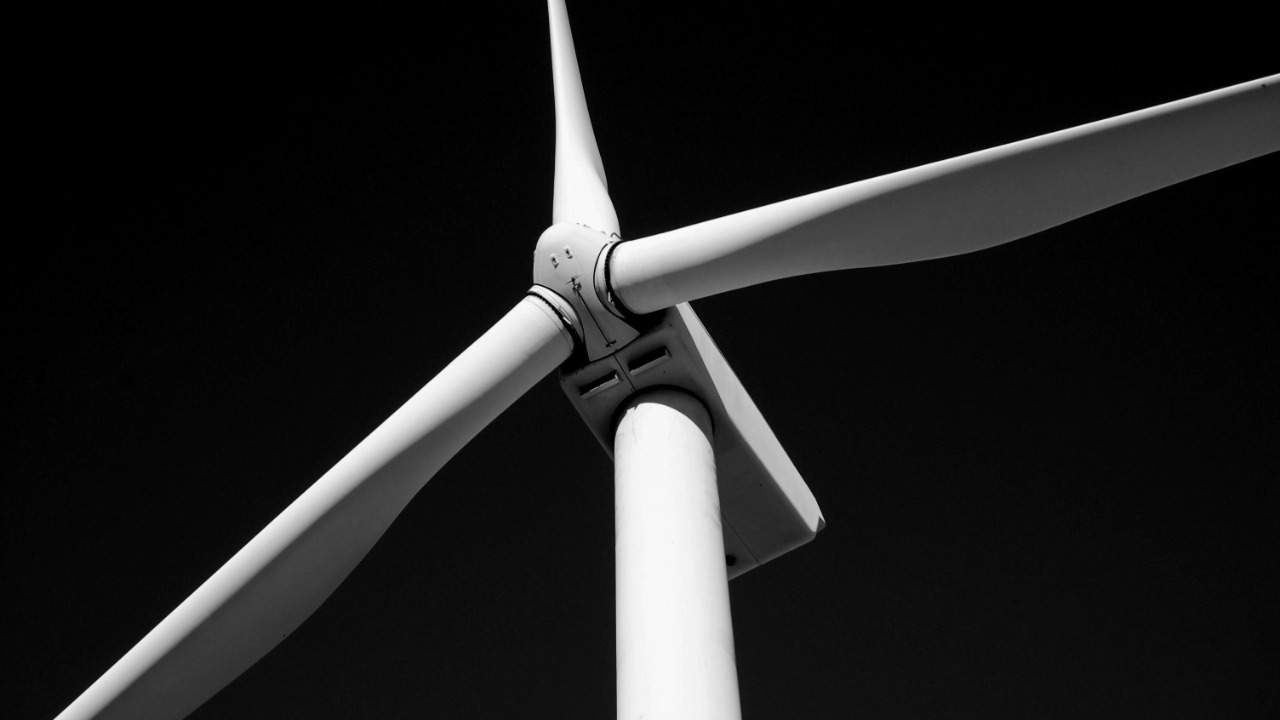
Wind turbine designs have come a long way from their rudimentary beginnings. Modern turbines incorporate advanced materials and aerodynamics to capture wind energy more efficiently. For example, the use of carbon fiber in blade construction reduces weight while enhancing strength and longevity. Companies like Vestas are pioneeringinnovative turbine designsthat can operate in both low and high wind conditions, maximizing energy capture and reducing downtime.
Engineers are also experimenting with vertical-axis turbines, which can be more suitable for urban environments or areas with variable wind directions. These designs offer new possibilities for integrating wind energy into different landscapes and are part of the broader push to make wind power more accessible and efficient.
2. Predictive Maintenance Models
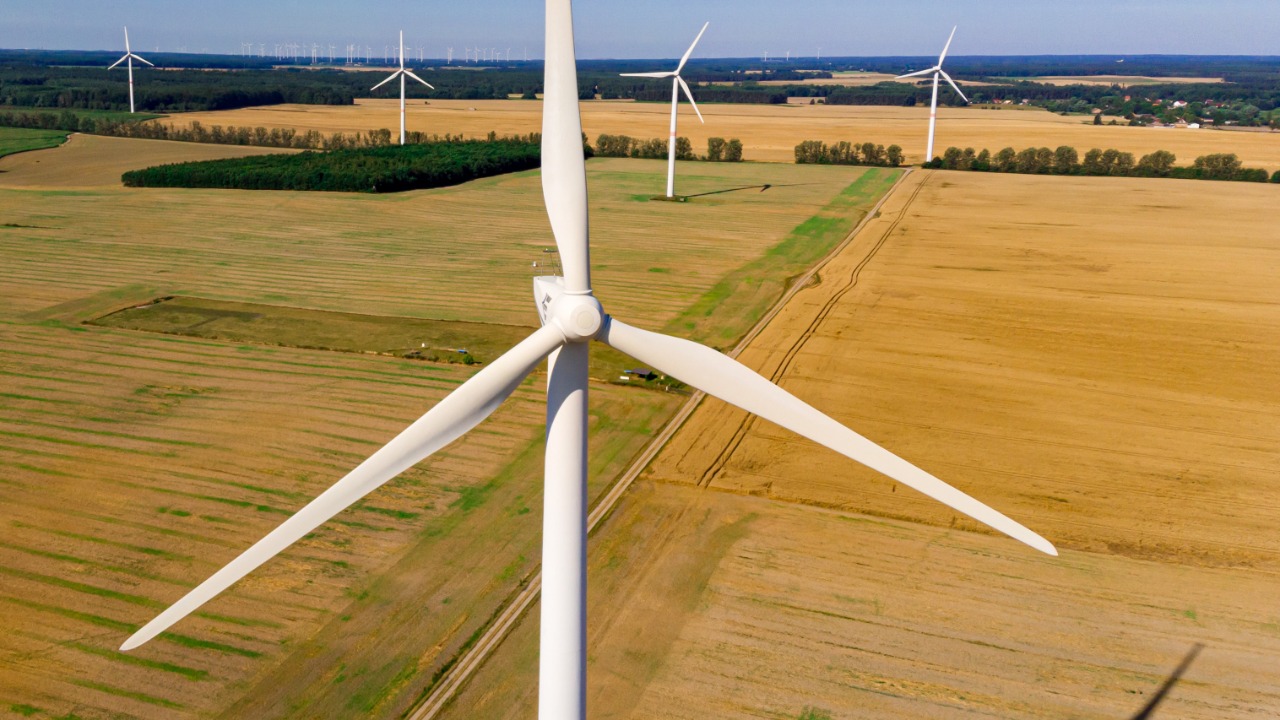
Predictive maintenance is revolutionizing how wind farms operate by using data analytics to anticipate equipment failures before they occur. Sensors installed on turbines collect data on vibration, temperature, and other parameters. This data is then analyzed to predict when maintenance is needed, helping to avoid costly downtime.
Companies like Siemens Gamesa have integrated AI algorithms that process this data to optimize maintenance schedules, significantly reducing operational costs. By preventing unexpected breakdowns, predictive maintenance ensures that wind farms operate at peak efficiency, generating more power and providing a more reliable energy source.
3. Integration of Smart Grid

Connecting wind farms to the smart grid allows for more efficient distribution of the generated energy. Through advanced communication technologies, wind farms can dynamically adjust their output to match the grid’s demand, ensuring a stable energy supply. This integration helps balance supply and demand, reducing energy waste and improving overall grid reliability.
For example, Amazon's ongoing projects highlight the importance ofRenewable energy integrationwith smart grids. By leveraging real-time data, wind farms can better coordinate with other energy sources, providing a more resilient and adaptable energy system.
4. Real-time Data Analytics

Real-time data analytics is another key factor in the evolution of smart wind farms. By continuously monitoring and analyzing data from turbines, operators can make informed decisions quickly. This capability allows for immediate adjustments to operations, enhancing both performance and safety.
The use of cloud-based platforms facilitates this process by providing operators with access to data from anywhere in the world. This global accessibility ensures that wind farm operators can respond to issues as they arise, maintaining optimal performance and reducing potential energy loss.
5. AI-Driven Weather Forecasting

AI-driven weather forecasting is transforming how wind farms prepare for and respond to changing weather conditions. By using machine learning algorithms to analyze historical weather data, wind farms can predict wind patterns with greater accuracy, allowing for better energy production planning.
This technology not only improves the efficiency of wind farms but also contributes to grid stability by providing more reliable forecasts. The ability to anticipate weather changes enables operators to optimize turbine settings in advance, ensuring continuous and efficient energy generation.
6. Autonomous Drone Inspections
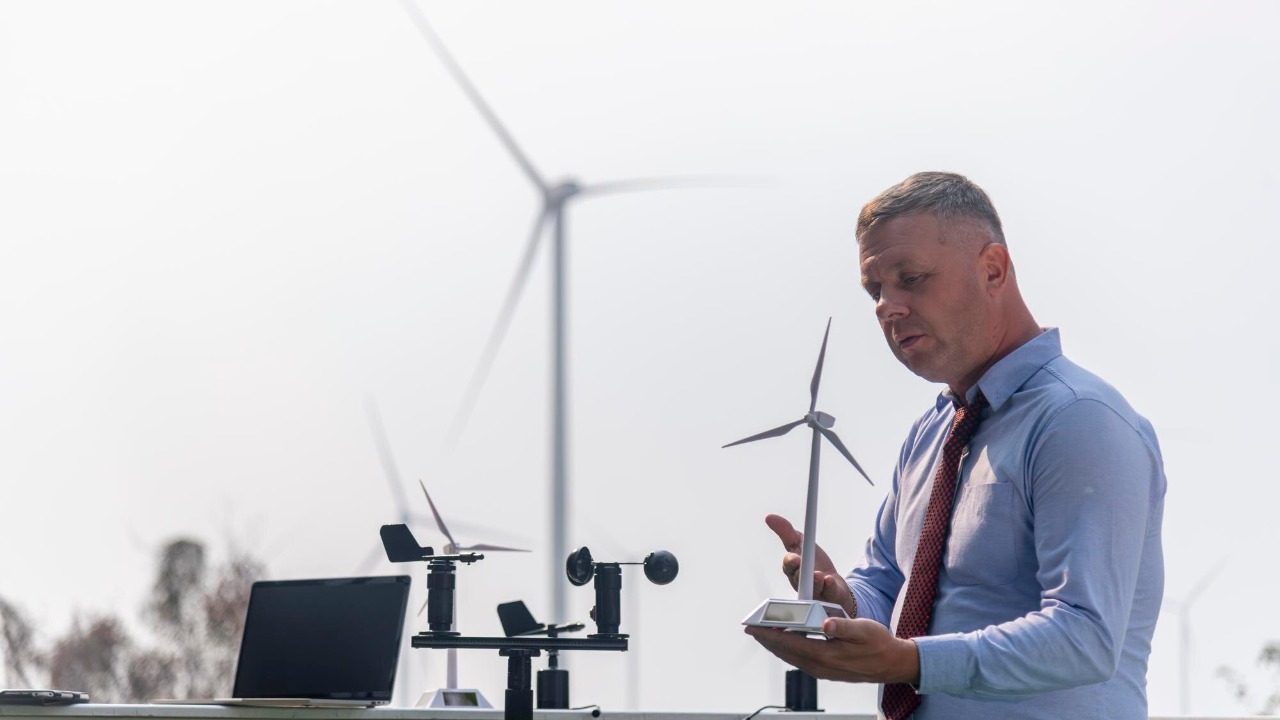
Autonomous drones are becoming an invaluable tool for wind farm inspections. Equipped with high-resolution cameras and sensors, these drones can quickly and safely inspect turbines for signs of wear and damage. This method reduces the need for manual inspections, which can be time-consuming and hazardous.
By providing detailed imagery and data, drones help operators identify maintenance needs more accurately and efficiently. As a result, drone inspections contribute to extending the lifespan of turbines and reducing maintenance costs, making wind energy a more sustainable option.
7. Energy Storage Solutions

One of the challenges of wind energy is its variability; energy storage solutions are critical to overcoming this hurdle. By storing excess energy generated during peak production times, wind farms can ensure a steady supply of power even when the wind isn't blowing.
Innovations in battery technology, such as lithium-ion and flow batteries, are making energy storage more viable for large-scale wind farms. These advancements allow for better integration with the grid, providing a reliable and consistent energy supply that supports the transition to renewable energy sources.
8. Adaptive Control Systems
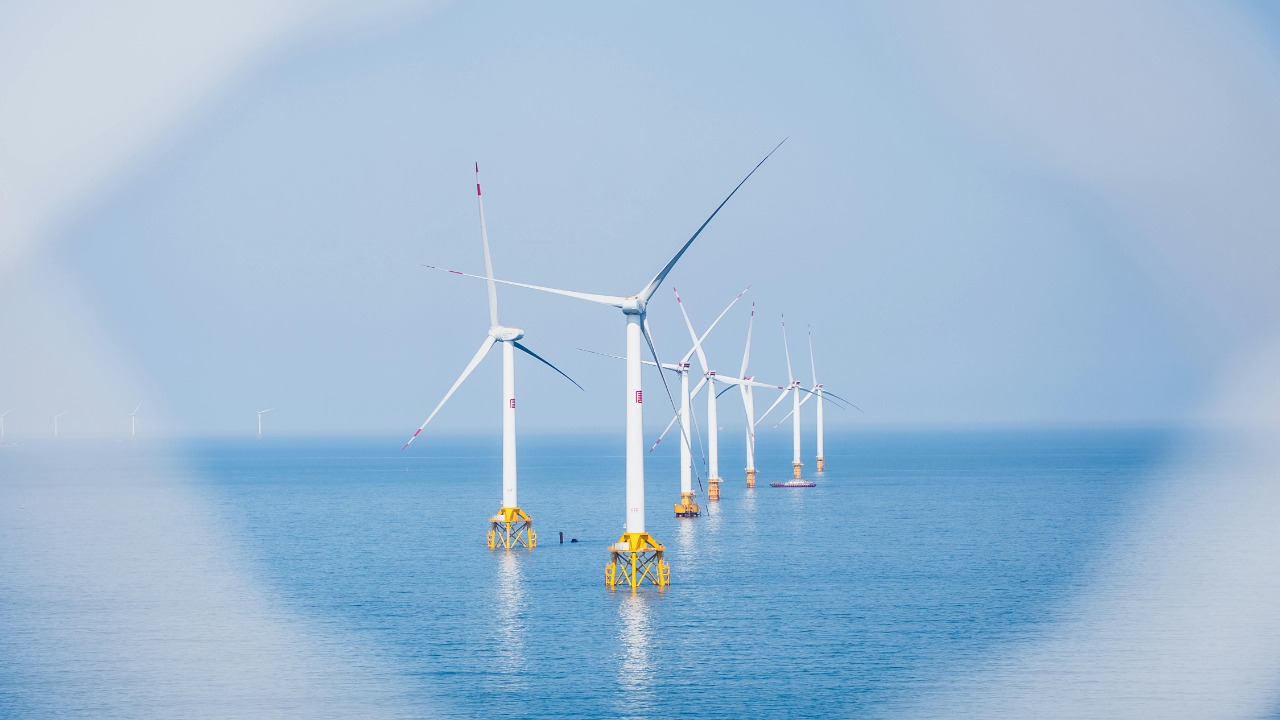
Adaptive control systems have become essential in optimizing the performance of wind turbines. These systems use real-time data to adjust turbine operations dynamically, enhancing efficiency and prolonging equipment life. By responding to environmental conditions, adaptive control systems ensure that turbines operate at their optimal capacity.
This technology also contributes to reducing mechanical stress on turbines, minimizing wear and tear. The development of these systems represents a significant advancement in the automation and intelligence of wind energy technology, providing more sustainable and cost-effective solutions.
9. Machine Learning for Performance Optimization

Machine learning algorithms are being used to optimize turbine performance by analyzing large amounts of data collected from wind farms. These algorithms identify patterns and correlations that may not be obvious to human operators, allowing for more accurate adjustments to turbine settings.
By continuously learning from operational data, machine learning models improve over time, leading to enhanced efficiency and reduced operational costs. This continuous improvement cycle ensures that wind farms can adapt to changing conditions and maintain high performance levels.
10. Enhanced Cybersecurity Measures
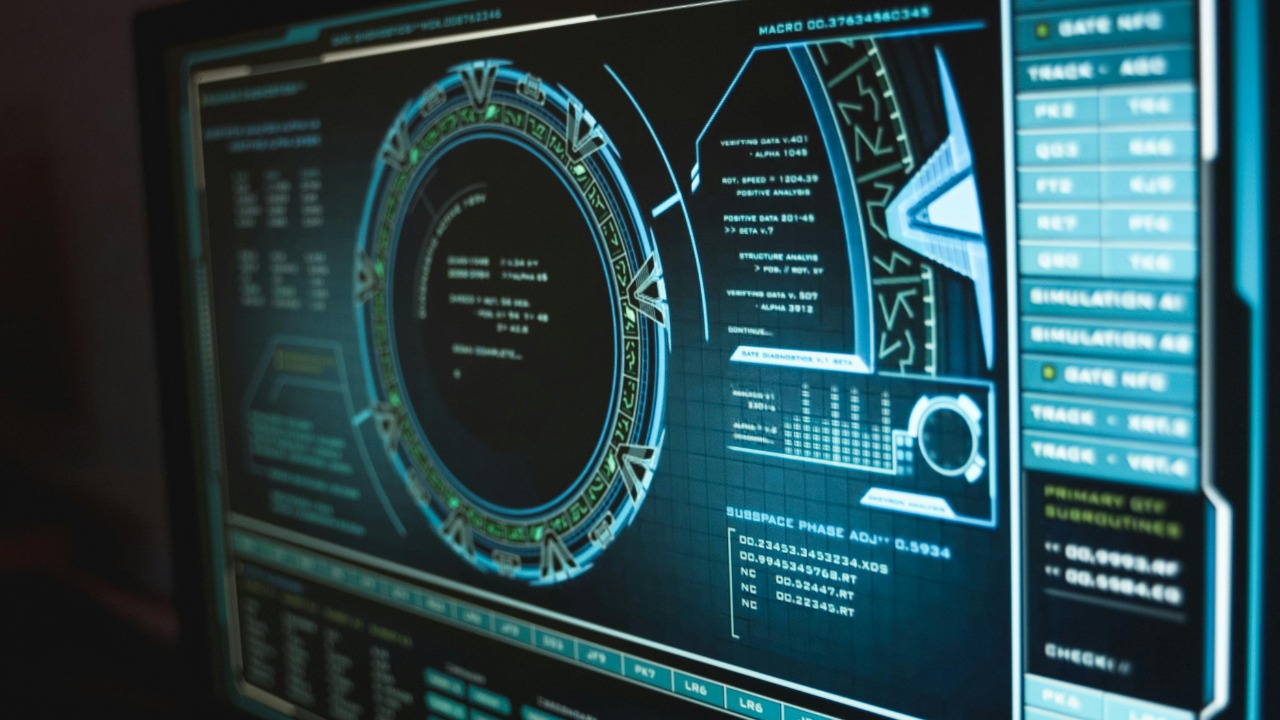
As wind farms become more interconnected and dependent on digital technologies, cybersecurity has become a critical concern. Protecting sensitive data and ensuring the integrity of control systems are essential to safeguarding wind farm operations against cyber threats.
Enhanced cybersecurity measures include implementing robust encryption protocols and regular security audits. By prioritizing cybersecurity, wind farms can protect their infrastructure and ensure the reliable delivery of renewable energy. For more on the importance of cybersecurity in renewable energy, thisdebate on alternative energyProvides deeper insights into the challenges and solutions in the industry.
0 comments:
Ikutan Komentar